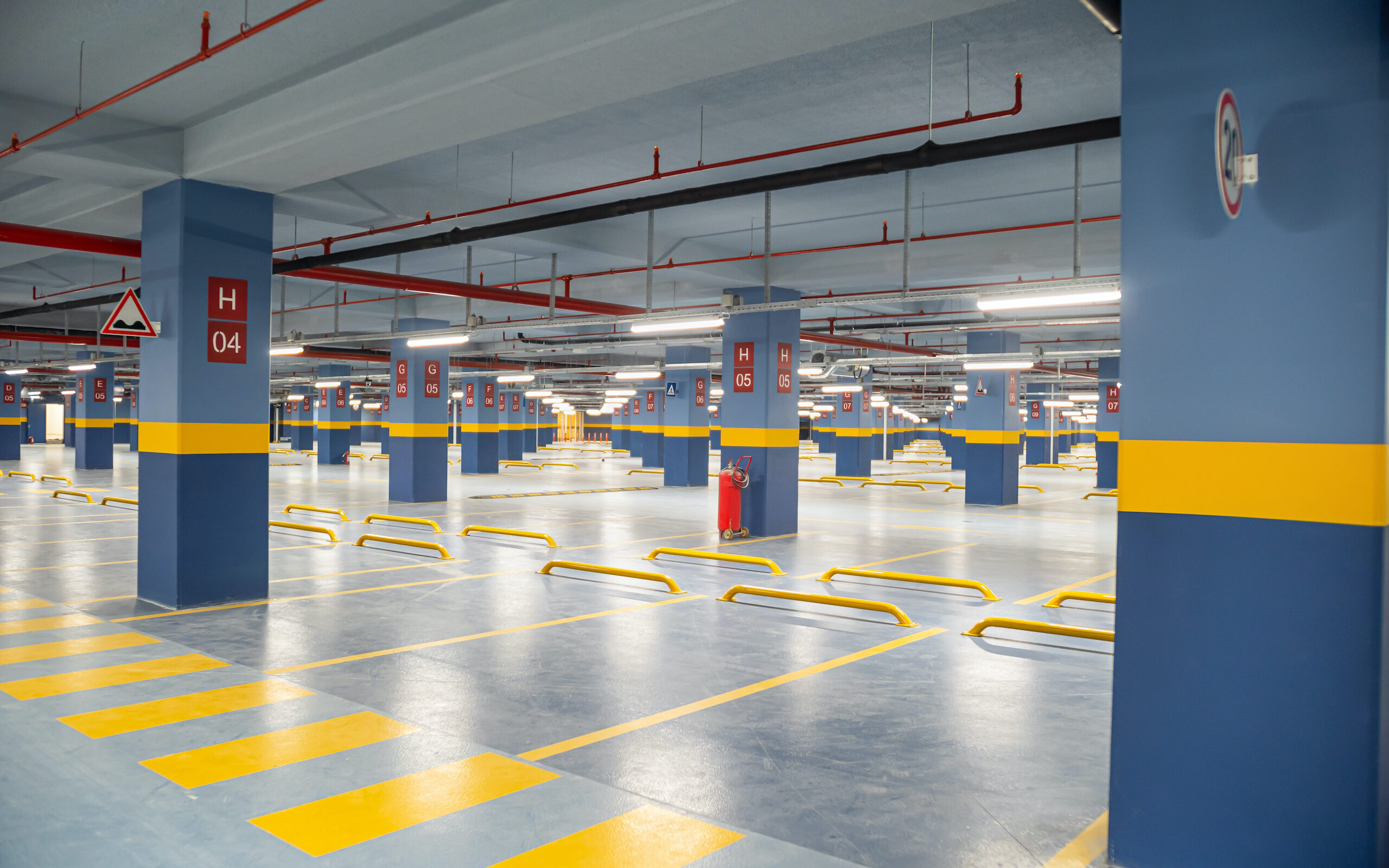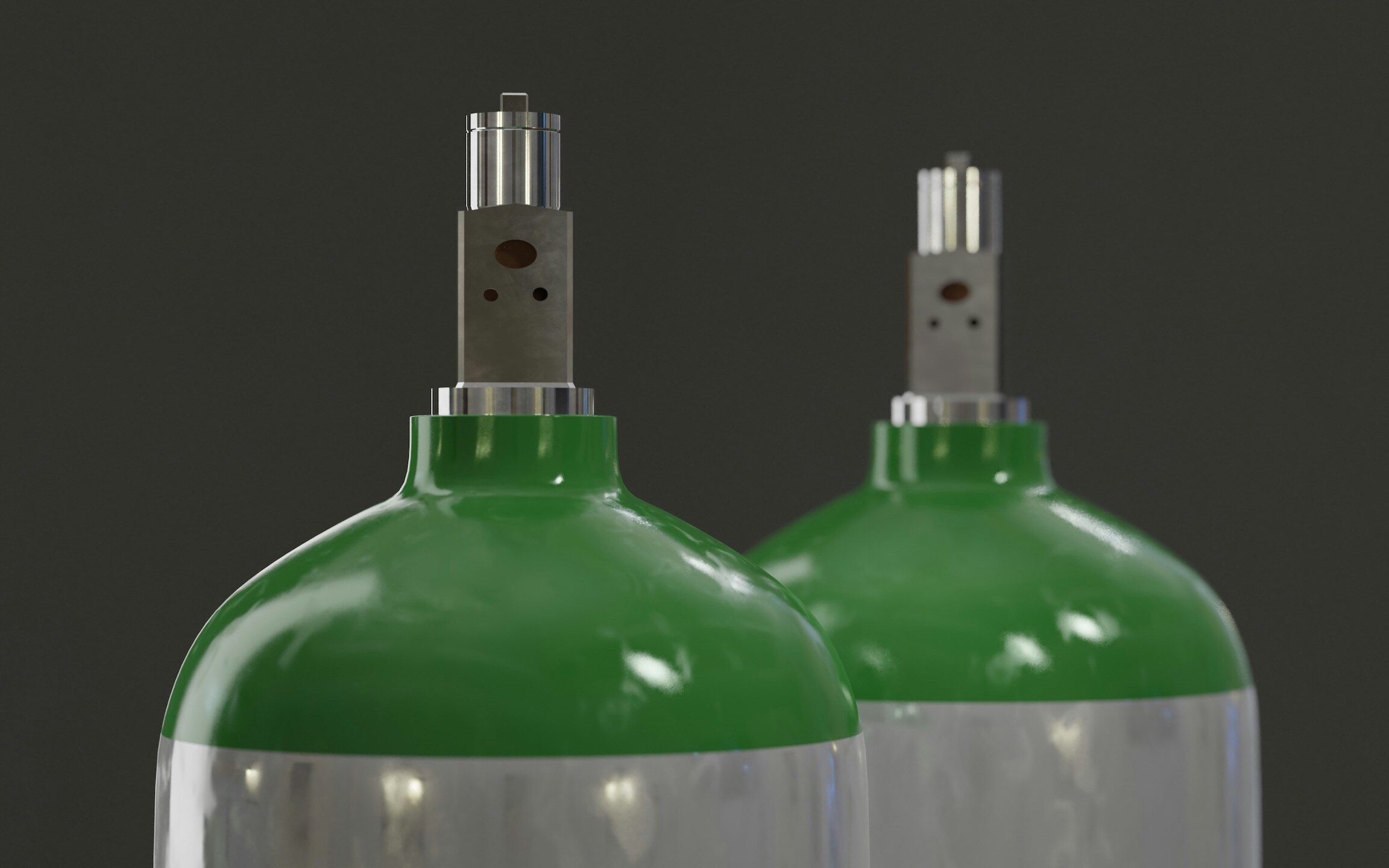The measurement of gases has long since become standard in many applications. However, customers and developers have often been forced to adapt their applications and requirements to the available gas measurement technology - we want to change that.
One example of this is our Transmitter Evo, which we have developed for customers for whom it is not economically viable to develop and produce their own devices due to small and medium quantities. With the Transmitter Evo, we offer the option of adapting the front foil to the customer's design and adapting the device to its application in the best possible way using the built-in sensors from the Basic Evo series. This means that the customer receives "their device" - without compromise!
WHAT IS THE TRANSMITTER EVO?

The Transmitter Evo (gas transmitter) is a device specifically designed for the detection and measurement of gas concentrations in various environments. This instrument plays an essential role in a variety of industrial and research-related applications. The gas transmitter detects the concentration of a specific gas in the ambient air and converts this information into an electrical signal. This can then be read and processed by various systems and devices, for example to monitor air quality or to ensure that certain gas concentrations remain within safe limits.
Gas transmitters are capable of detecting a wide range of gases, including both toxic and flammable gases. They are often used in industries where gases are used as part of the production process or are generated as by-products. In such scenarios, it is crucial to closely monitor the concentration of gases to ensure workplace safety and environmental compliance.
The advanced technology and flexibility of gas transmitters allow them to be adapted to specific requirements of different gases and concentrations. Their robust design and the use of advanced sensor technologies ensure accurate and reliable measurements, even under difficult environmental conditions. This makes gas transmitters an indispensable instrument in areas where precise and reliable gas measurements are required.
IMPORTANCE - GAS TRANSMITTERS
In industrial manufacturing and processing, gases play a crucial role in production processes. Gases are often used as reactants or catalysts in production processes and their accurate control is essential for the quality and safety of the end products. The Evo transmitter is also essential for monitoring toxic gases produced as by-products of chemical reactions in order to protect the environment and the health of employees. The storage of gases, especially flammable or toxic types, requires continuous monitoring in order to detect potential hazards such as leaks at an early stage. The gas transmitter makes a significant contribution to safety here.
MAIN FUNCTIONS - GAS TRANSMITTER

The Transmitter Evo is characterized by its outstanding functions, which make it an extremely powerful measuring device for gases. This device has been specially designed for use in industrial and research-related applications, where it plays a crucial role. Its main functions are of paramount importance as they form the basis for the precise monitoring and control of gases in various environments.
One of the central tasks of the gas transmitter is to detect gas concentrations with extreme precision and convert this information into electrical signals. This is essential as it can be used by various evaluation units and control systems. This precise conversion allows users to obtain detailed information about the gas composition and concentration, which in turn enables accurate control and monitoring. In addition, the gas transmitter is characterized by its ability to provide real-time information about the gas environment. This is particularly crucial in industrial processes, as it enables immediate response to changes in gas composition and the ability to take appropriate action to ensure product quality and safety.
The versatility of the gas transmitter extends across various industries, from the chemical industry to power generation and environmental monitoring. The precise detection and conversion of gas concentrations into electrical signals make this device an indispensable tool that helps to control complex processes, ensure the quality of products and detect potentially hazardous situations before they become serious problems.
APPLICATION AREAS OF THE GAS TRANSMITTER

Precise control of the gas composition and concentration is often crucial for the quality and safety of the end products. For this reason, the gas transmitter is also used in offices, schools and other working environments to measure the CO2 content. This serves to ensure a healthy indoor climate and enables appropriate measures to be taken if the limit values are exceeded, for example the activation of ventilation systems.
In addition to its use in production, the Evo transmitter is indispensable for monitoring potentially hazardous or toxic gases that can be produced as by-products of chemical reactions. This device helps to protect the environment and the health of employees by ensuring early detection and warning when hazardous limits are exceeded.
Another important area of application for the gas transmitter is in monitoring the storage of gases, especially flammable or toxic gases. Here, it is crucial to detect leaks quickly in order to prevent potential hazards and ensure safety at the storage location.
TYPES OF GASES

Gas transmitters are versatile devices that can be specifically designed to measure different types of gases. Choosing the right gas transmitter depends heavily on the specific requirements of the application, as different gases have different properties and potential hazards. Here are some common types of gases that can be measured by gas transmitters:
- Combustible gases: These include gases such as methane, propane, butane and hydrogen. Measuring these gases is crucial in many industrial environments to prevent explosions and fires. Combustible gas transmitters typically use sensors that respond to the presence of combustible gases and trigger alarms when the concentration exceeds a safe limit.
- Toxic gases: These include gases such as sulphur dioxide, chlorine, ammonia, carbon monoxide and many others. Toxic gas monitoring is particularly important in industrial processes and laboratories to ensure that exposure to harmful gases is kept to a minimum.
- Carbon dioxide (CO2): CO2 is a gas that is monitored in many applications, including indoor air quality, the food and beverage industry and environmental monitoring. In buildings and work environments, measuring CO2 helps to ensure a healthy indoor environment and limit concentrations to an acceptable level.
- Oxygen (O2): Monitoring oxygen levels in certain environments is critical, especially in medical facilities, diving applications and in the food industry where oxygen levels in storage or packaging need to be controlled.
- Explosive gases: This includes gases such as hydrogen gas or methane, which can form explosive mixtures when they come into contact with air in certain concentrations. Gas transmitters that detect explosive gases are crucial in potentially explosive environments to ensure safety.
- Other specific gases: Depending on the application, gas transmitters can also be designed to measure specific gases such as ozone, nitrogen dioxide, hydrocarbons or other chemical compounds.
Overall, they offer the flexibility to adapt to different environments and requirements by providing the ability to accurately measure the concentrations of specific gases and indicate potential hazards. This contributes to safety, quality assurance and environmental protection in a wide range of applications.
TECHNOLOGICAL DEVELOPMENT
Gas transmitter technology has advanced significantly in recent years and continues to evolve. These modern devices specialize in the precise detection and monitoring of gases and offer an impressive range of advanced features.
An outstanding feature of modern gas transmitters is the use of advanced sensor technologies. They, including electrochemical sensors, infrared sensors, semiconductor sensors and photoacoustic sensors, are capable of detecting even minute amounts of gases in the environment. This precision enables accurate and reliable measurements.

Another significant development is the miniaturization of gas transmitters. Modern models are often smaller and more compact than their predecessors. This miniaturization facilitates installation and integration into various applications and systems.
A significant advance is the integration of wireless communication technologies. Many modern gas transmitters are capable of transmitting measurement data in real time to remote monitoring and control systems. This wireless connectivity enables remote monitoring of gas environments and rapid response to changes.
Another advance is the integrated data acquisition and logging. Gas transmitters can store measurement data internally and transmit it in real time to external data storage systems. This facilitates the recording and archiving of measurements over a longer period of time for later analysis and reporting.
Modern models often feature automatic self-calibration functions that maintain the accuracy of measurements without requiring manual intervention. This reduces maintenance and minimizes downtime.
The robust design of gas transmitters allows them to be used in demanding conditions, including humidity, dust and extreme temperatures. This ensures reliable performance even in harsh environments.
In addition, modern gas transmitters offer advanced alarm and notification functions. They can trigger alarms in real time and send notifications to personnel or the relevant authorities if certain limit values are exceeded. This helps to respond quickly to potentially hazardous situations. Overall, technological advances in gas transmitters have helped to significantly improve the efficiency, accuracy and reliability of these devices. This in turn supports safety, quality and environmental protection in a wide range of applications and industries. Ongoing research and development in this area is expected to continue to expand the capabilities of gas transmitters and increase their applicability.
CONCLUSION
The gas transmitter stands out as an exceptionally versatile and powerful instrument for gas measurement in a wide range of industrial applications. Its strengths lie not only in the precise and reliable detection of gas concentrations, but also in its high adaptability to a wide range of requirements. This is made possible by its variable configuration options and the different model variants available.
The innovative technology of the Transmitter Evo helps to ensure the accuracy of measurements under different environmental conditions. This makes it an indispensable tool in environments where accuracy and reliability are crucial. The robust construction and advanced technical design of the device enable it to function reliably even in extreme industrial environments.
In addition, the gas transmitter offers considerable added value thanks to its user-friendly interface and simple maintenance. This reduces effort and ensures efficient handling and maintenance of the device. The ability to adapt the device to specific industrial requirements and different gas concentrations increases its applicability in a wide range of industries, from chemical production to air quality monitoring in working environments.
Overall, the Transmitter Evo (gas transmitter) is an ideal solution for companies looking for an accurate, reliable and adaptable method of gas detection. Its advanced technology and flexibility of use make it a valuable tool in the modern industrial and research landscape.

